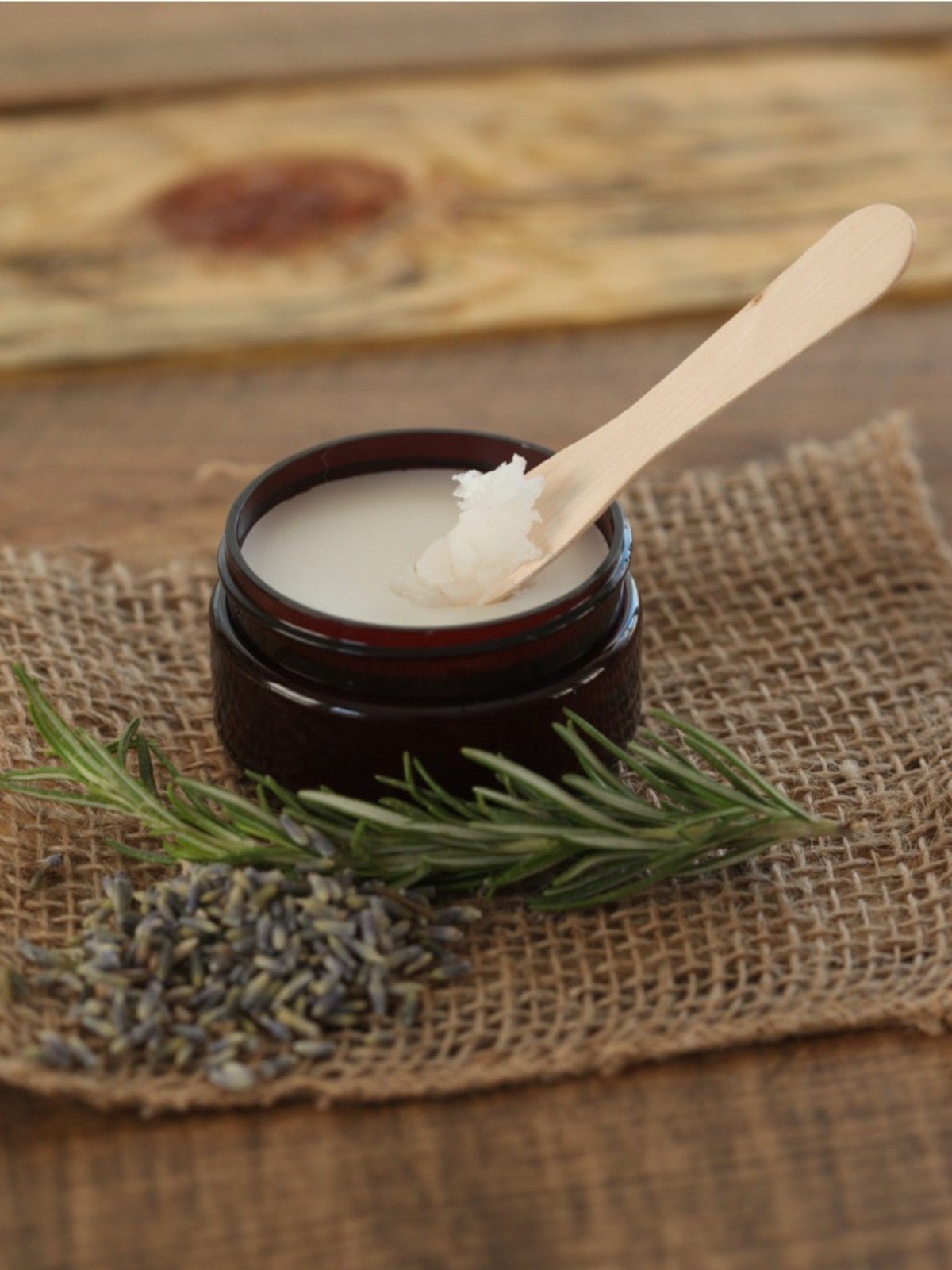Herbs For Homemade Salves - Learn About Making Herbal Salves

Many of us use store bought emollients for our lips and skin, but why not take it one step further by making homemade herbal salves? Making herbal salves isn’t as daunting as it may sound; in fact, most herbal salves recipes require just two simple ingredients. What herbs can you use for salves? Most herbs are suited for homemade salves -- it just depends on your preference, availability, and uses.
About Homemade Herbal Salves
The benefit to making homemade herbal salves is that you control the ingredients. Most herbal salves recipes call for two simple ingredients; beeswax and oil.
Homemade herbal salves are semi-solid, making them an attractive option for carrying in a purse, pocket or first aid kit. They can be used to heal dry skin, chapped lips and diaper rash or treat rashes, sunburn, scrapes and cuts and even eczema.
Herbs for Homemade Salves
Herbs for salves run the gamut and may be chosen for their specific healing properties or aroma therapeutic benefits. Good options include arnica, calendula, coltsfoot, comfrey, echinacea, elder flower, German chamomile, goldenseal, horsetail, lavender, lemon balm, marshmallow root, mullein, plantain leaf, roses, St. John’s wort, and yarrow.
The first step to homemade herbal salves is to make your herb infused oil. It’s best to use dried herbs rather than fresh, since the lack of moisture helps keep the salve from spoiling. If you only have fresh herbs, allow them to wilt on a paper towel for a few hours prior to using to remove excess moisture.
Oils for Homemade Herbal Salves
You can use pretty much any neutral oil that is liquid at room temperature for making infused oil. Olive oil is a great all purpose oil to use but you can also use almond, coconut, grapeseed or jojoba oil.
Making Herbal Salves
As mentioned above, the first step to your homemade herbal salves is to create infused oil. You can do this either on the stovetop or by using the sun’s heat. To use the sun, fill a glass jar with your herbs of choice and cover with your oil of choice leaving an inch (2.5 cm) of room.
Gardening tips, videos, info and more delivered right to your inbox!
Sign up for the Gardening Know How newsletter today and receive a free copy of our e-book "How to Grow Delicious Tomatoes".
Stir, seal with a lid and place in the sun either outside or in a sunny windowsill for at least 3-4 weeks. Tip the jar each day to mix the oil. When the time is up, strain the oil through cheesecloth.
Now that your infused oil is finished, making herbal salves takes just a few minutes.
Herbal Salves Recipes
The most basic herbal salves recipe incorporates beeswax or carnauba wax for vegan salve, and herbal infused oil: 1 ounce wax to 4 ounces (28 to 113 g) infused oil. If you wish you can add 10-20 drops of essential oil of choice as well.
Cover the beeswax with an old towel and break it up using a hammer. Place the chunks of beeswax in a double boiler and warm over low heat until melted.
Remove from heat and add the essential oils (optional). Pour into tins, glass jars or lip balm tubes and allow to cool. Homemade herbal salves will keep for 1-3 years.
Another herbal salve uses multiple essential oils. Melt ¾ cup (170 g) wax as above and combine 2 cups (454 g) lemon balm oil with 1 cup (225 g) calendula infused oil. If desired add 2 drops of lavender essential oil. Fill containers as above and allow to cool completely.
It’s easy to substitute different infused oils or combinations and add essential oil drops as warranted. The consistency of the homemade salve can be adjusted to taste. Just stick a spoon dipped in the hot herbal salve into the freezer to test the consistency. If you want it firmer add more beeswax; if softer, add more herbal oil.

Amy Grant has been gardening for 30 years and writing for 15. A professional chef and caterer, Amy's area of expertise is culinary gardening.